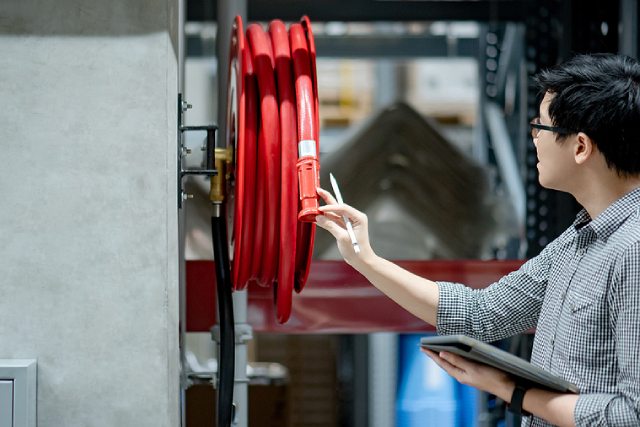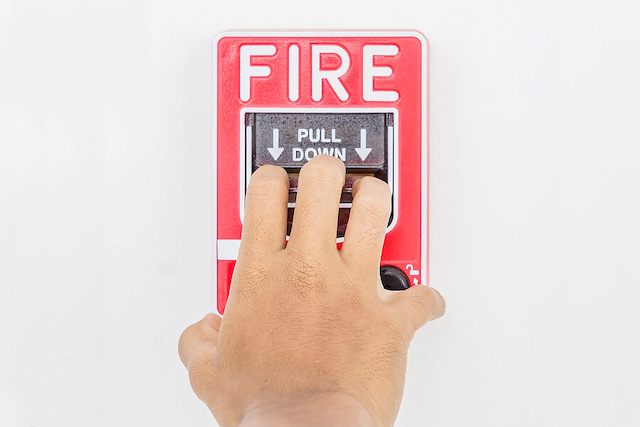Fires can break out at any time. Therefore, your fire extinguishing system should reliably function 24/7 to prevent such disasters from growing out of control. Proper maintenance allows such systems to work as expected by ensuring every part functions without issue. It is similar to how fire extinguishers are inspected periodically to ensure they work when needed!
Singapore's Fire Safety Code compels building owners to meet its fire safety requirements and equip their properties with a sufficient fire alarm and suppression system appropriate for modern times. However, installing these systems is only the first step; building owners and their fire safety managers should also work towards properly inspecting, testing, and maintaining them to ensure they function as expected. In this article, we explore some considerations on how to achieve this.
Taking responsibility for your fire extinguishing systems
Building owners must take responsibility for what they can control within their property. Oftentimes, their focus on more obvious and surface elements means they tend to overlook their fire systems. Therefore, besides doing the bare minimum to comply with regulations, it is recommended to take a proactive approach toward maintaining the buildings’ fire systems.
Understanding how they work
Do you know the distinction between a supervisory signal and a trouble signal on your fire system? What button should be pressed? If you have difficulty answering these questions, you might not fully comprehend how your fire system works.
Not knowing what each signal means and what every button does can lead to serious problems down the line. As such, building owners should still spend the time and effort to familiarise themselves with all the ins and outs of their fire system. This allows them to use it efficiently and correctly.
Determine the inspection and testing requirements
The Fire Safety Code provides the inspection and testing standards that building owners must abide by. They cover in great detail which systems must be checked by the fire safety manager or owner and professional engineers, along with the four categories of fire safety inspections. In addition, they also explain the process of applying for a Fire Certificate (FC) and its prerequisite forms. In short, if you are not yet confident in the entire inspection and testing requirement for fire safety, taking FSM CPD courses in Singapore may be necessary for a much-needed refresher.
Train employees, staff and building occupants
Another component to consider when it comes to fire safety awareness is teaching the people who use the building about the fundamentals of using its fire alarm and extinguishing systems correctly. Building owners and other key personnel like facility managers and fire safety managers should consider which employees or building occupants should receive the comprehensive training.
Are all employees or residents required to receive training, or should it be more selective? Regardless of what you decide on, make sure that those who have been trained can respond properly and make a difference should a disaster strike.
Conclusion
Proper and periodic inspection and maintenance routines should not be neglected for something as critical as a fire suppression system. Hopefully, with the help of the contents listed above, you can further improve your knowledge on how to maintain your property's fire systems.
If you are a fire safety manager looking to upgrade your skills in working with various automatic fire extinguishing systems, TenLearn has you covered. By enrolling in our comprehensive and SCDF-approved courses, you can stay updated about such systems and the requirements as well as the maintenance regime of respective Code of Practices Specific to fire extinguishing systems. What’s more, you would be able to gain FSM CPD Points upon completion of the course.
Get in touch with us today to know more about this course and our other online courses!


Write a public review